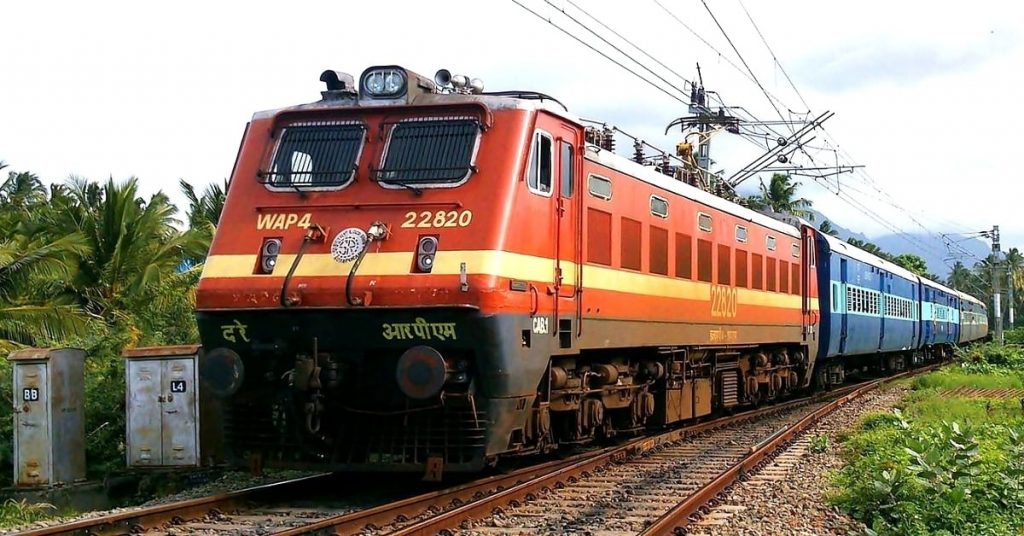New Delhi (Agency): India’s national railway system faced challenges in the financial year 2021-22, as it spent more than it earned. This was highlighted by the Comptroller Auditor General of India (CAG) in its recent report on the Ministry of Railways.
The CAG report showed that the Railways had an operating ratio (OR) of 107.39% in 2021-22, up from 97.45% in the previous year. This means that for every Rs 100 the Railways earned, they spent Rs 107.39. The target set in the Budget Estimates was a more efficient 96.15%. The rise in this ratio from the previous year indicates a “deterioration,” as noted in the report.
To explain, the Operating Ratio is a tool that measures expenses against revenue. A higher ratio indicates more expenses and less profit.
However, the CAG report also pointed out some financial elements that weren’t fully considered in the OR. If the Railways had set aside the accurate amount needed for pension payments, which was Rs 51,215.94 crore, the operating ratio would have been even higher at 109.02%. Likewise, if the actual funds for the DRF payments of Railways were included, the OR would have gone up to 109.36%.
In simpler terms, the 107.39% OR shown might not truly reflect the entire financial picture of the Railways.
The report also provided a breakdown of operating ratios for different railway zones. Six of these zones, including East Coast and North Central, had ratios under 100%, meaning they spent less than they earned. The East Coast had the best figure, spending only 54.58% of its earnings.
However, eleven other zones had ratios above 100%, indicating they spent more than their income. Metro Railway in Kolkata faced the most significant challenges, with an operating ratio at a staggering 432.19%.
Concluding its findings, the CAG emphasized that the Railways needs to look closely at the costs of passenger operations. There’s a clear need for measures to reduce losses and bring about financial stability. This is vital to ensure that one of the world’s largest railway networks remains efficient and economically sustainable.
